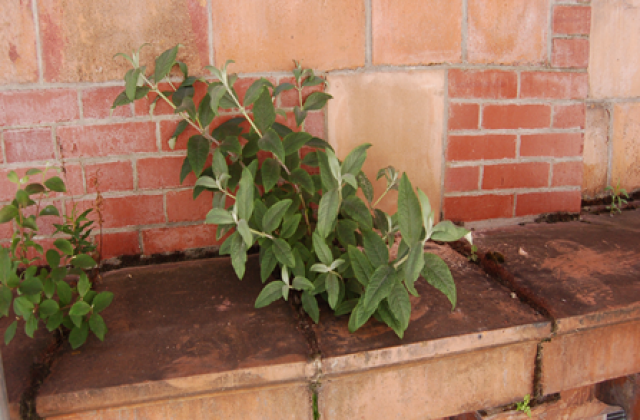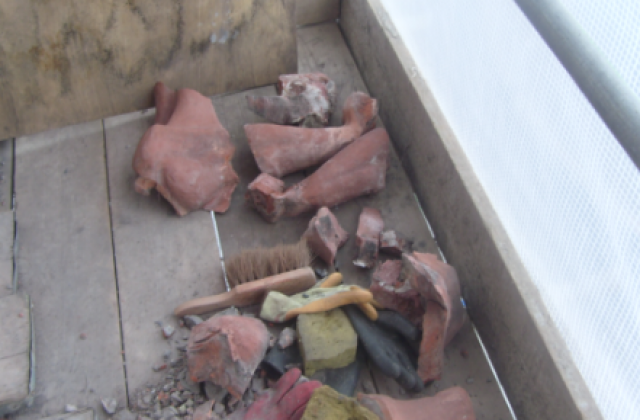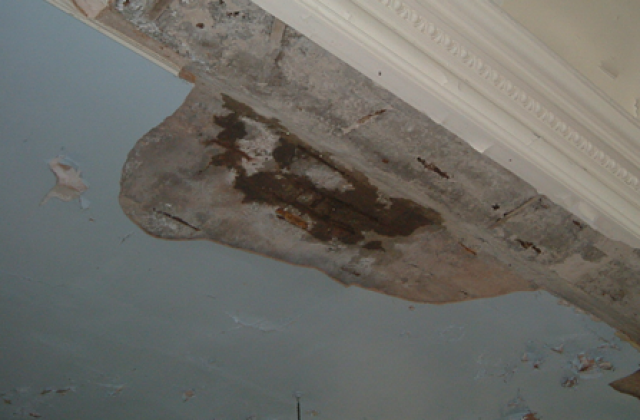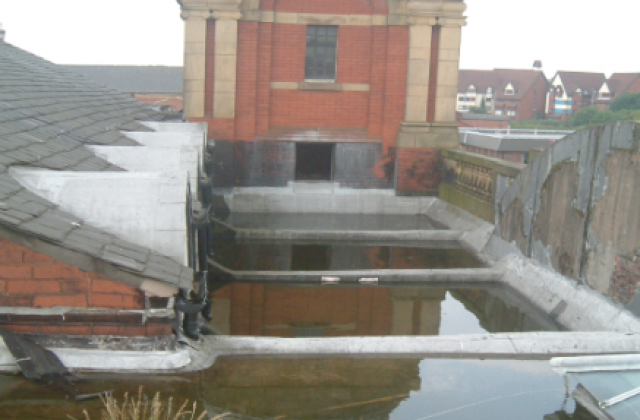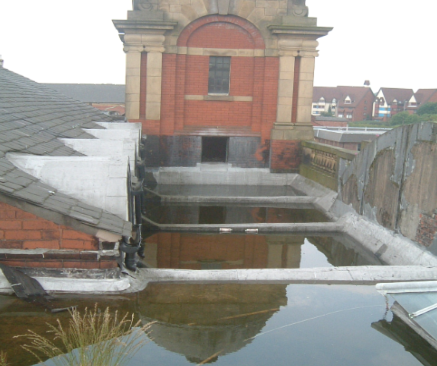
The effects of climate change on historic buildings
11th Jan 2019
Climate change is a very real issue affecting almost every aspect of our lives. Historic buildings are no exception and are vulnerable to the effects of our ever changing weather conditions.
The government’s 2017 Climate Change Risk Assessment has identified a number of areas of concern which, without action, could have a dramatic effect on historical buildings in the UK.
Increased rainfall and flooding
Rainfall is getting heavier, particularly in the winter months and the resulting flooding and water ingress present real risks to our heritage buildings. Historic rainwater systems may be unable to cope with torrential rain and this can easily lead to water flooding the interior and damaging the fabric of the building. It is vital to maintain water drainage systems and keep them clean and unblocked so as much water as possible can flow away from the building. Updating the drainage systems can also be looked at to prevent further damage caused by heavy rainfall.
Rising sea levels
Sea levels around Britain’s coastlines are rising at a rate of 3mm a year. Heritage buildings and towns near the sea are at immediate risk from coastal erosion and in the not too distant future, could disappear completely. Dunwich was once a large medieval town in Suffolk, but coastal erosion and historical storms mean that most of it now lies in the North Sea and only a small village remains. The main causes of coastal erosion are powerful waves generated by storms and strong winds. Sea walls and breakwaters (a large pile of rocks parallel to the shore) have been built around the country as a defence against waves in the hope of saving historical buildings and landmarks.
Increased temperature
Average temperatures have risen by 1°C over the last century. Whilst this might not seem like a huge increase, the effects are significant. Temperature fluctuations can cause structural issues in buildings as different materials move at different rates in response to temperature changes. Rising temperatures can also increase the rate of various chemical reactions causing materials to deteriorate more quickly. Air conditioning, heating or ventilation systems may help stabilise the temperature of a building and are usually integrated as standard when historic buildings are repurposed for modern use.
We have a new CPD seminar available to present on the importance of repurposing historical buildings. To book a seminar please click here.
Humidity
Increased rainfall and higher temperatures lead to a more humid environment, ideal for fungal and plant growth as well as insect and pest infestations. They can all cause significant damage to the fabric of a building, problems to the exterior of a historic building arising especially with plant growth.
Humidity in a building can also lead to damp which can damage various aspects of historic buildings and lead to rot and decay. Surveys are important to assess the location and severity of the damp, so that the problem can be treated correctly and the root cause of the damp ascertained.
Storms and wind
It is expected that we will see more extreme and unpredictable weather including storms and strong winds. Strong winds and gales present a danger not only to the buildings themselves but also to the safety of people living or working in or around them. Damage may be caused to historic roofs as tiles are ripped off and falling tiles could cause serious injury. Windows, awnings and other features may be destroyed by storm strength winds and if nearby trees come down, they could damage buildings further.
The government believe that there is a significant risk to culturally valued structures and the historic environment from climate change and it is currently a research priority with defences and possible solutions being considered. The risk to building fabric from moisture wind and driving rain has also been labelled a research priority.
Many of the threats our heritage buildings face are long standing conservation issues but maintenance and forward thinking solutions will become critical as climate change takes hold.
At Quadriga we are constantly researching and developing innovative solutions to issues faced by historic buildings and structures and we hold various CPD seminars which talk about these challenges. Please get in touch if you are interested in finding out more.
Back to Blog


